-
How does it feel?
Bhringaraj is a prostrate, branched annual herb. The leaves are covered in small hairs on both surfaces and can reach lengths of up to 10cm. The flowers are composite, similar to a daisy, and are white in colour. Although there are 3 types described in Ayurveda (white, yellow and blue flowered) the white is most commonly used. The plant will grow in moist places as a weed and is native across warm, temperate and tropical areas across the globe. It is particularly common in India, China, Thailand and Brazil.
-
What can I use it for?
Bhringaraj is classically known for its strengthening and rejuvenating actions upon the scalp and within the hair follicles. Polypeptides present in bhringaraj have demonstrated hypotensive properties, but also strong anti-inflammatory activity throughout the body, including the skin.
In the liver, bhringaraj has demonstrated the ability to regulate the production of hepatic enzymes. It is a strong hepato-protective, supporting the correct balance of liver enzymes, ensuring efficient and effective liver metabolism.
-
Into the heart of bhringaraj
 Bhringaraj is renowned in Ayurvedic traditions as the primary remedy for all afflictions of the hair and scalp. It is viewed as a particularly cooling herb that will counteract and hot irritation throughout the body, including the blood. It will nourish the hair follicles and encourage new growth. It’s nourishing and cooling effect upon the scalp and head have also influenced the use of bhringaraj as a tonic for relieving mental nervous stress and tension and helping to relax the brain.
Bhringaraj is renowned in Ayurvedic traditions as the primary remedy for all afflictions of the hair and scalp. It is viewed as a particularly cooling herb that will counteract and hot irritation throughout the body, including the blood. It will nourish the hair follicles and encourage new growth. It’s nourishing and cooling effect upon the scalp and head have also influenced the use of bhringaraj as a tonic for relieving mental nervous stress and tension and helping to relax the brain.Bhringaraj has a particularly protective effect upon the liver, helping to restore efficient liver metabolism. It improves the flow of bile and can actually help to build blood cells. This makes bhringaraj a particularly good herb for reducing excessive liver heat and inflammation, which also has a positive effect on skin quality, particularly where the skin is afflicted by conditions characterised by excessive itching and heat. The blood building qualities of bhringaraj also make it nourishing and strengthening to a weakened reproductive system.
The slightly pungent but cooling nature of bhringaraj makes it effective in shifting congestion in the lungs and the respiratory system.
Indicated in premature greying of the hair, alopecia and early baldness. It also benefits loose teeth, hearing problems, dizziness, vertigo. Bhringaraj prepared oil also dissolves obstructions in the sinuses, nose, ears and head when used as nose and ear drops. It also benefits the eyes and treats conjunctivitis, styes and redness.
Indicated in cirrhosis and hepatitis, protecting the liver. It increases bile flow and helps with the appetite. The blood is treated via its beneficial effect on liver function. It actually helps to build blood and reduce anaemia. Combined with a capillary strengthening action this can prevent high blood pressure.
Insomnia and mental agitation. It calms stress and reduces tension by increases blood flow and nourishing the brain.
Bhringaraj treats skin conditions via the nervous system and the liver helping to allay itching and inflammation typical in conditions such as urticaria, eczema and ringworm. It also helps to re-colour the skin after depigmentation.
The pungency of bhringaraj can help alleviate mucus and treat asthma and bronchitis.
Bhringaraj will rejuvenate reproductive deficiencies. In women, it helps to prevent excessive uterine bleeding.
-
Traditional actions
Herbal actions describe therapeutic changes that occur in the body in response to taking a herb. These actions are used to express how a herb physiologically influences cells, tissues, organs or systems. Clinical observations are traditionally what have defined these actions: an increase in urine output, diuretic; improved wound healing, vulnerary; or a reduction in fever, antipyretic. These descriptors too have become a means to group herbs by their effects on the body — herbs with a nervine action have become the nervines, herbs with a bitter action are the bitters. Recognising herbs as members of these groups provides a preliminary familiarity with their mechanisms from which to then develop an understanding of their affinities and nuance and discern their clinical significance.
Ayurvedic actions
-
Traditional energetic actions
Herbal energetics are the descriptions Herbalists have given to plants, mushrooms, lichens, foods, and some minerals based on the direct experience of how they taste, feel, and work in the body. All traditional health systems use these principles to explain how the environment we live in and absorb, impacts our health. Find out more about traditional energetic actions in our article “An introduction to herbal energetics“.
Ayurvedic energetics
Chinese energetics
-
Did you know?
In Ayurveda, bhringaraj, is viewed as a classic rejuvenative for preventing ageing and slowing signs of old age.
Additional information
-
Safety
No drug herb interactions are known.
-
Dosage
250mg–5g/day or 5–15ml/day of a 1:5 at 25% tincture


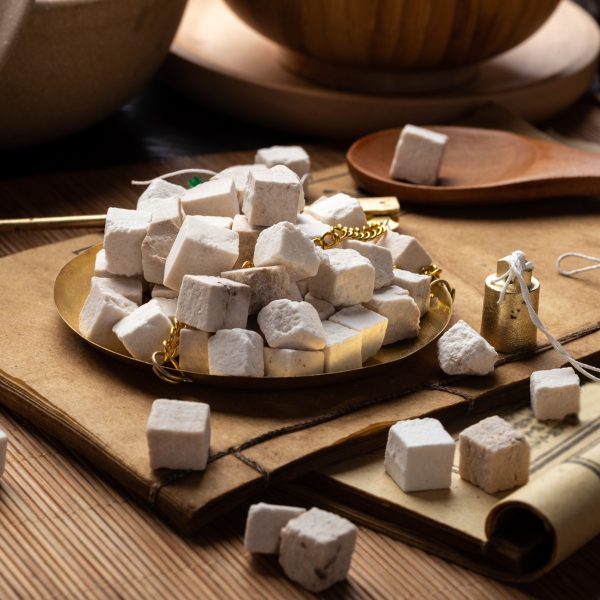
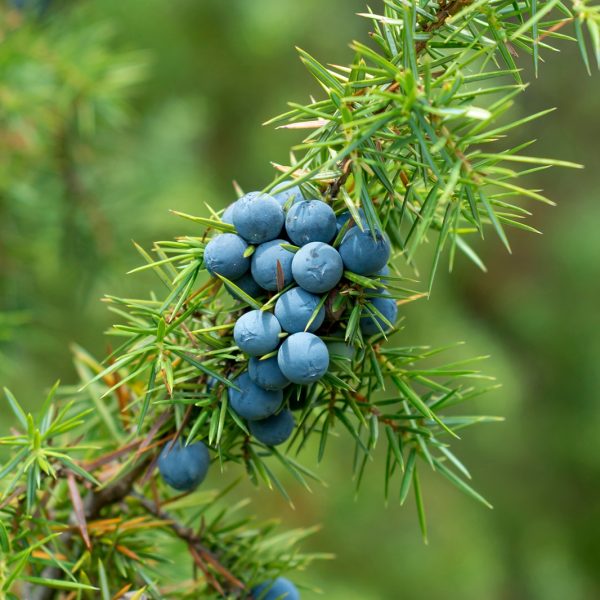












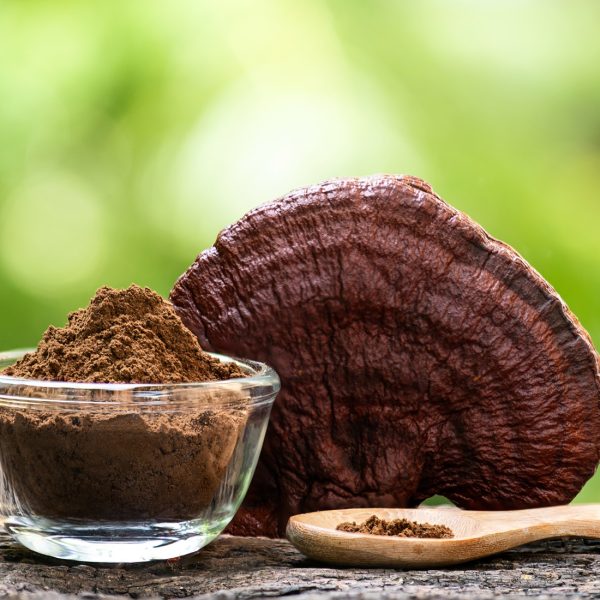

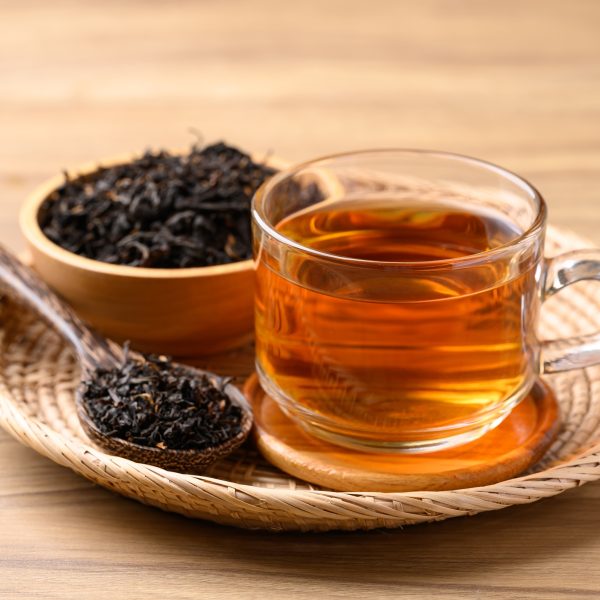
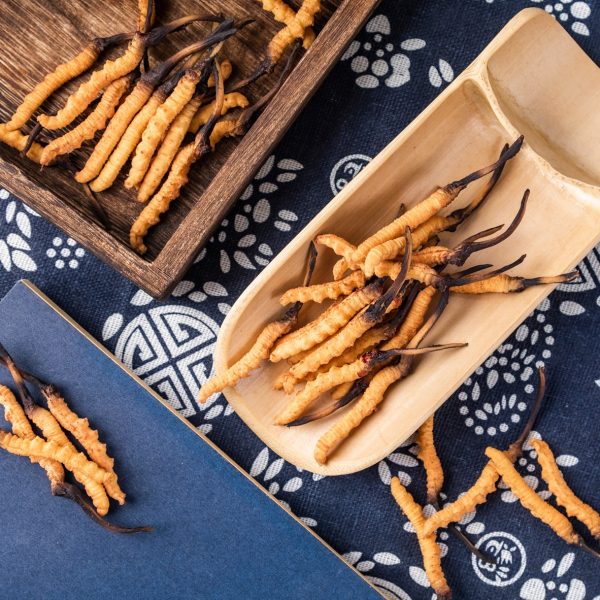










 Bhringaraj is renowned in Ayurvedic traditions as the primary remedy for all afflictions of the hair and scalp. It is viewed as a particularly cooling herb that will counteract and hot irritation throughout the body, including the blood. It will nourish the hair follicles and encourage new growth. It’s nourishing and cooling effect upon the scalp and head have also influenced the use of bhringaraj as a tonic for relieving mental nervous stress and tension and helping to relax the brain.
Bhringaraj is renowned in Ayurvedic traditions as the primary remedy for all afflictions of the hair and scalp. It is viewed as a particularly cooling herb that will counteract and hot irritation throughout the body, including the blood. It will nourish the hair follicles and encourage new growth. It’s nourishing and cooling effect upon the scalp and head have also influenced the use of bhringaraj as a tonic for relieving mental nervous stress and tension and helping to relax the brain.





